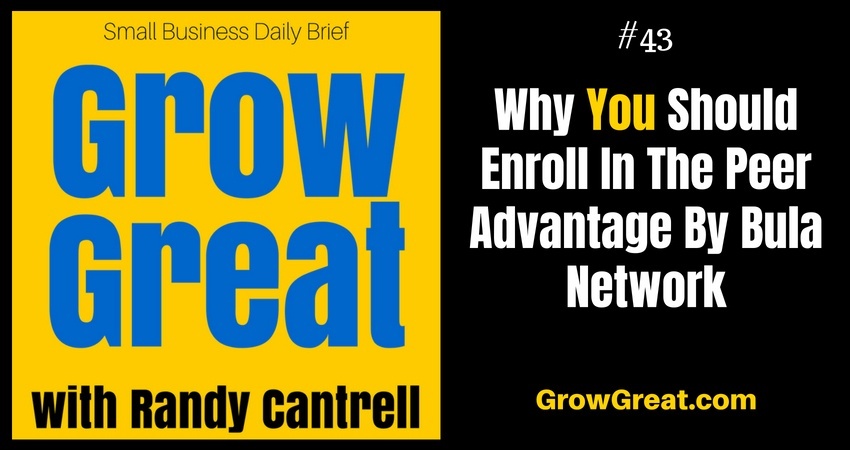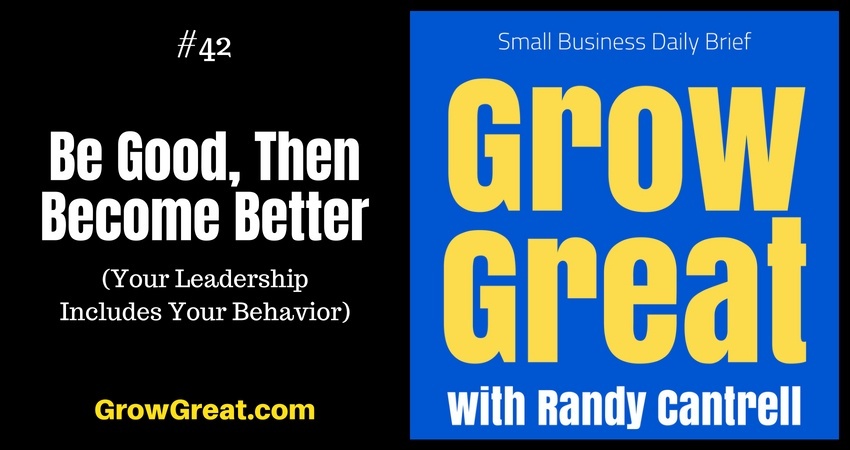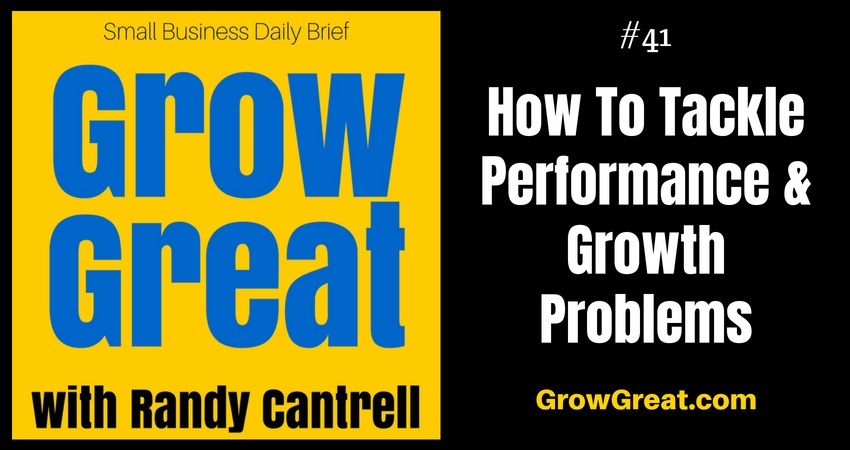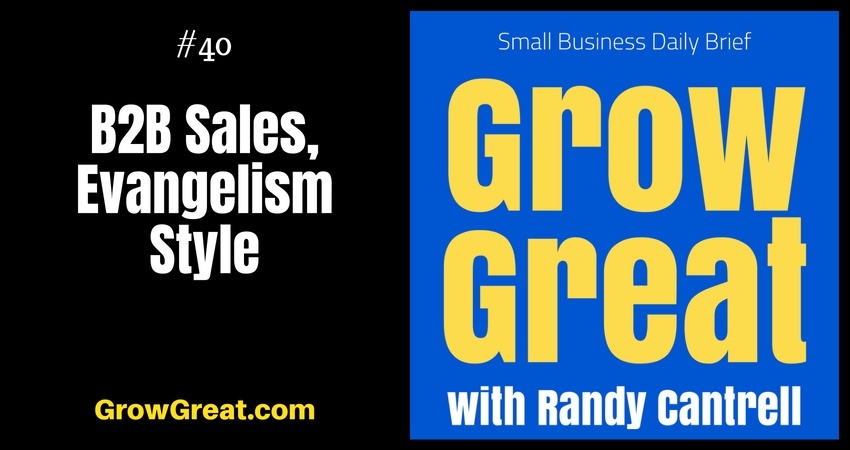Passionately Woo Customers – Grow Great Small Business Daily Brief #45 – July 24, 2018
Podcast: Play in new window | Download (Duration: 6:47 — 6.7MB)
Subscribe: Apple Podcasts | Spotify | Email | RSS | More
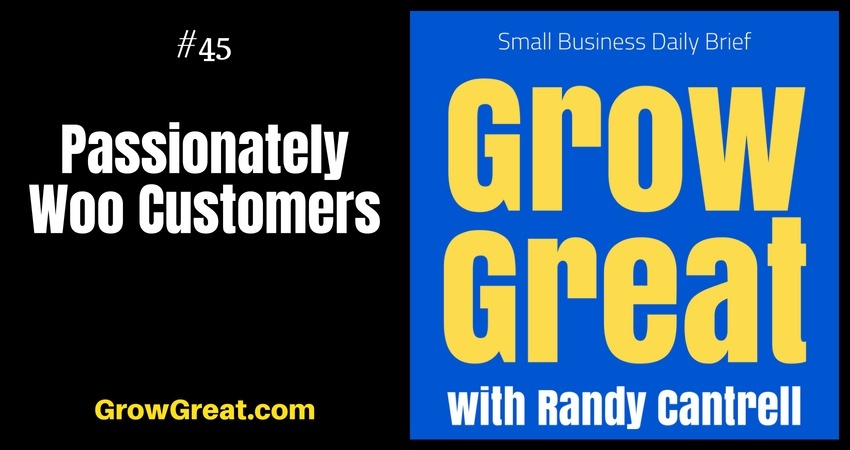
A group of startup sales managers are sitting around swapping stories and sharing experiences. Some of the startups are mere months old while others are a couple of years old. At some point, the conversation turns to pipelines, funnels, ideal prospects, customer acquisition and all the other components of selling. Some of the companies are B2B and others are B2C. It’s your basic shop talk.
These are good people. Decent performers. Ambitious. Driven. Smart. Capable.
But they’re doing something they’re not even aware of. They’re dehumanizing their prospects and customers. And it’s another teaching moment for me.
I’ve historically focused on the language salespeople use. Most of my career was spent with commission-based salespeople. I cared about the words they used, even away from the customers, because I knew it had an impact on how prospects and customers were treated. Shop talk among salespeople and sales managers fosters whatever the company allows.
Words like “pursuit” are frequently used. As in their pursuit of customers. I seize the moment. Not with judgment, but with a point-of-view that I know these quite young sales managers hasn’t considered.
A lead, an “up,” an avatar – these aren’t words I like. I’m not the semantic police or anything. I know we often use terms just to communicate effectively, but when we’re talking about building a business by getting new customers or serving existing customers better – two-thirds of the trifecta of successful business building – we can incorporate verbiage that doesn’t serve us well. Truth is, sometimes our words create challenges making our task even more difficult. Instead, we should incorporate wording that helps and serves our purpose well.
You can chase or pursue customers. Like prey. Or victims.
You’ll be better served – so will your customers – if you woo them instead.
We woo people we love. People we care about. People we hope to develop a deeper relationship with. Wooing involves getting to know them and allowing them to get to know us. Yes, we have an interest, but we want this to mutually beneficial.
My grandson Easton loves bugs and lizards. Our yard is filled with plenty of both. Easton will pursue them with a dogged determination. He’s pretty good, too. He catches them more often than not. Mostly because once he spots one, he won’t stop until he successfully captures it. We constantly urge him to release them, but he never wants too until he’s enjoyed putting them into a jar or something where they’re contained. He’s 5 so we’re still teaching him that they’re much happier being free. As a little boy, he’s not terribly concerned about what they might want, or what might be best for them. He wants to see them, watch them and play with them. He’s not interested in hurting them, but he’s not thinking about them. It’s a completely selfish endeavor of a little boy.
Selling always involves people. Words reflect and form our perspectives. Don’t let anybody tell you words don’t matter! They do. I could approach you and if I knew the right thing to say to make you mad as a wet hen, your temper would flare immediately. My words could offend you, hurt you, disturb you, embarrass you or make you angry. My words could foster all sorts of emotions and energies in you. And garner all kinds of responses or reactions. You know that’s true.
Keep talking about pursuing or hunting customers and it builds within us an image. We’re prowling for customers. We win at their expense. They’re something for us to conquer and drag back home. The spoils of business war.
If instead, we busy ourselves evangelizing our products or services, then we hope to convert people. We want to influence people because we know their lives will be better if they can see what we see, and believe what we believe.
If we passionately woo our customers, then we court them with the desire to get to know them better. And we’re driven to help them better understand and know us, too. We seek a relationship with another person, not something to tick on a sales dashboard so we can hit some KPI.
Passionately wooing customers is about connecting with another human being. One person at a time. It doesn’t matter if you have a number of stakeholders to satisfy. Each of them are individual people. Woo each one of them and you’ll forge a relationship with all of them. How do you eat an elephant? One bite at a time. How do you make a sale to a group? One person at a time.
If your language hinders people in your company from viewing customers as real human beings, then take some time to change it. It’s a first step to hitting the first two legs of the successful business building trifecta: getting new customers and serving existing customers better. And it won’t hurt your efforts on that third leg either: not going crazy in the process.
Be enthusiastic and passionate about what you’re able to do for your customers. Deploy that enthusiasm as passion. Let the prospects and customers see and hear it. Woo them. That’s how you’ll win their hearts and their business.
Be well. Do good. Grow great!

Listen to the podcast
Passionately Woo Customers – Grow Great Small Business Daily Brief #45 – July 24, 2018 Read More »



